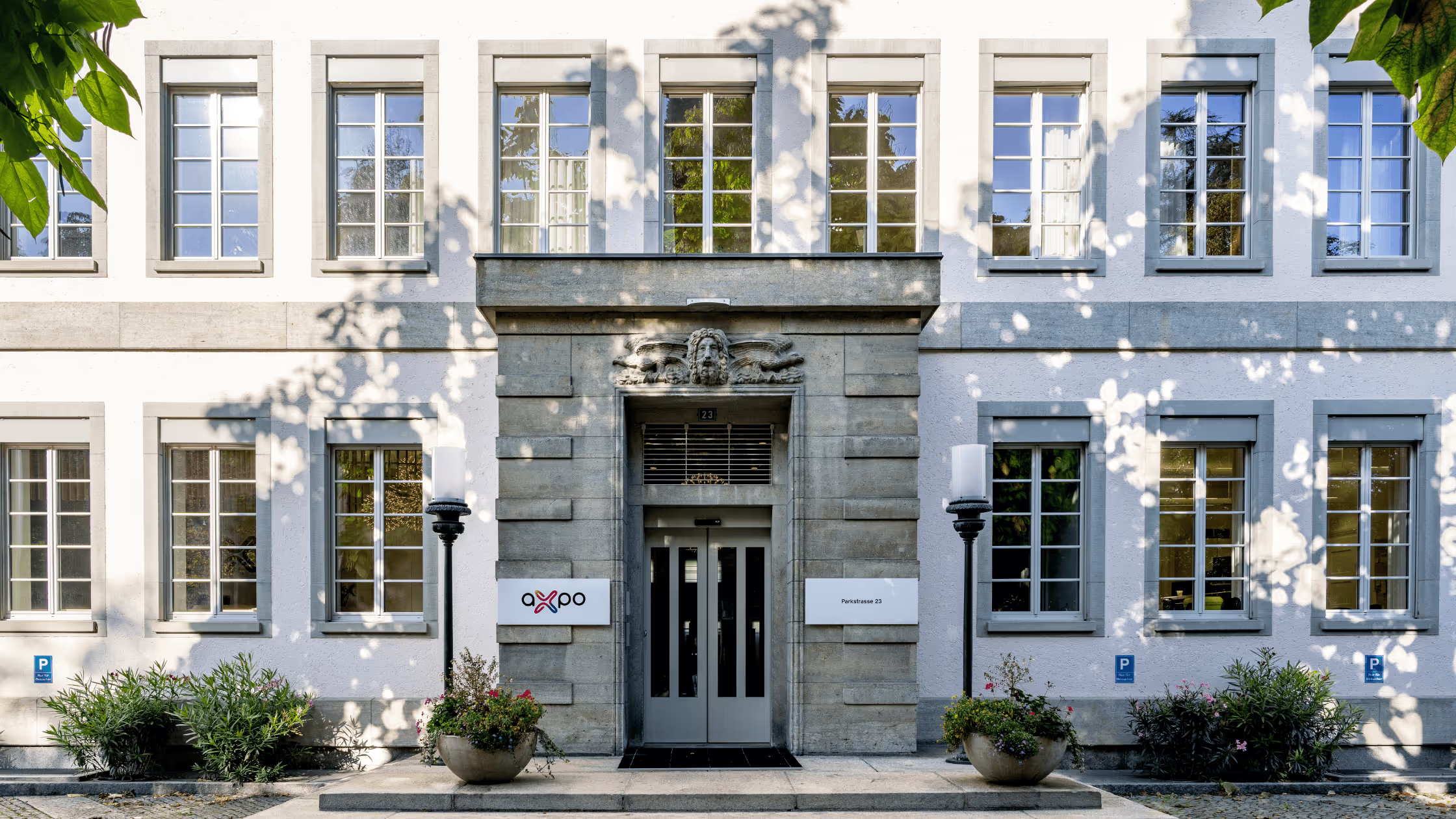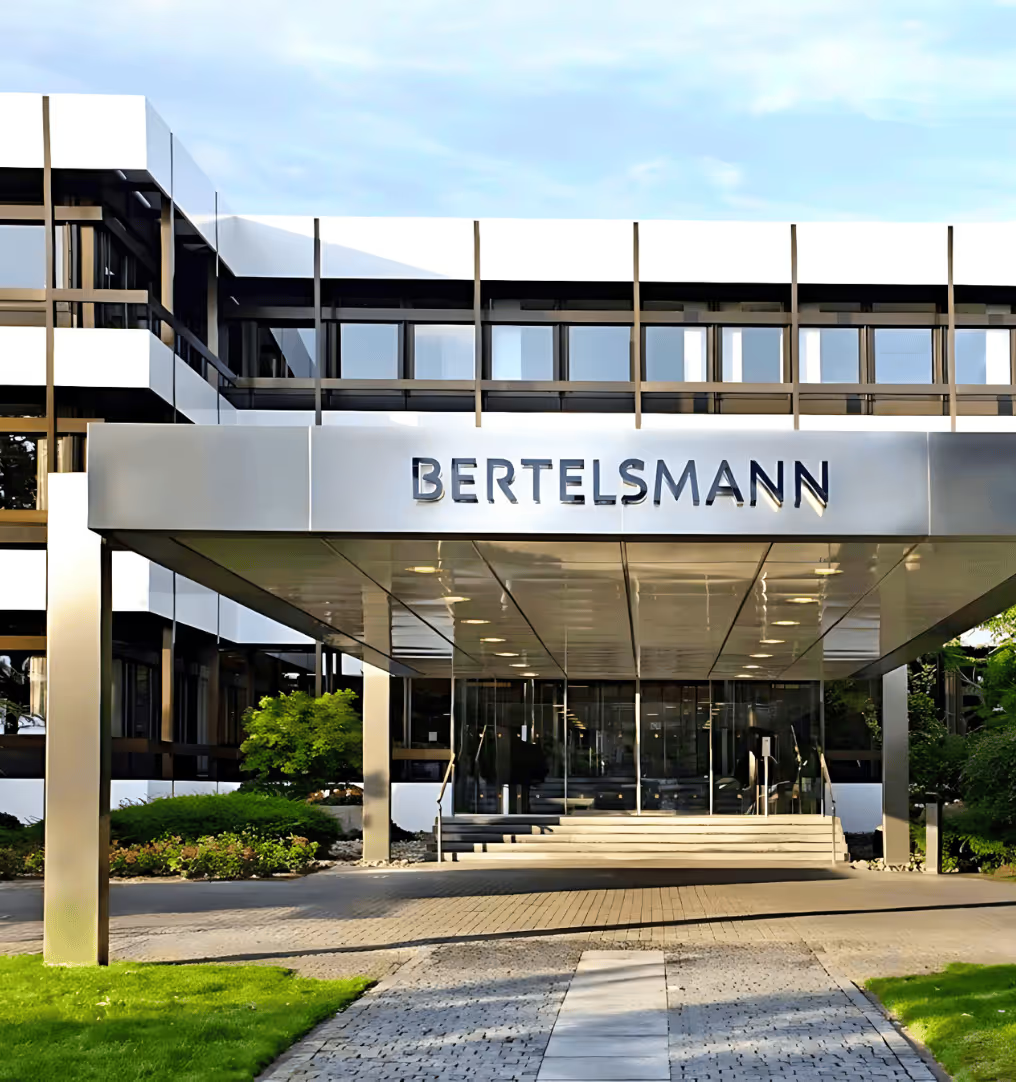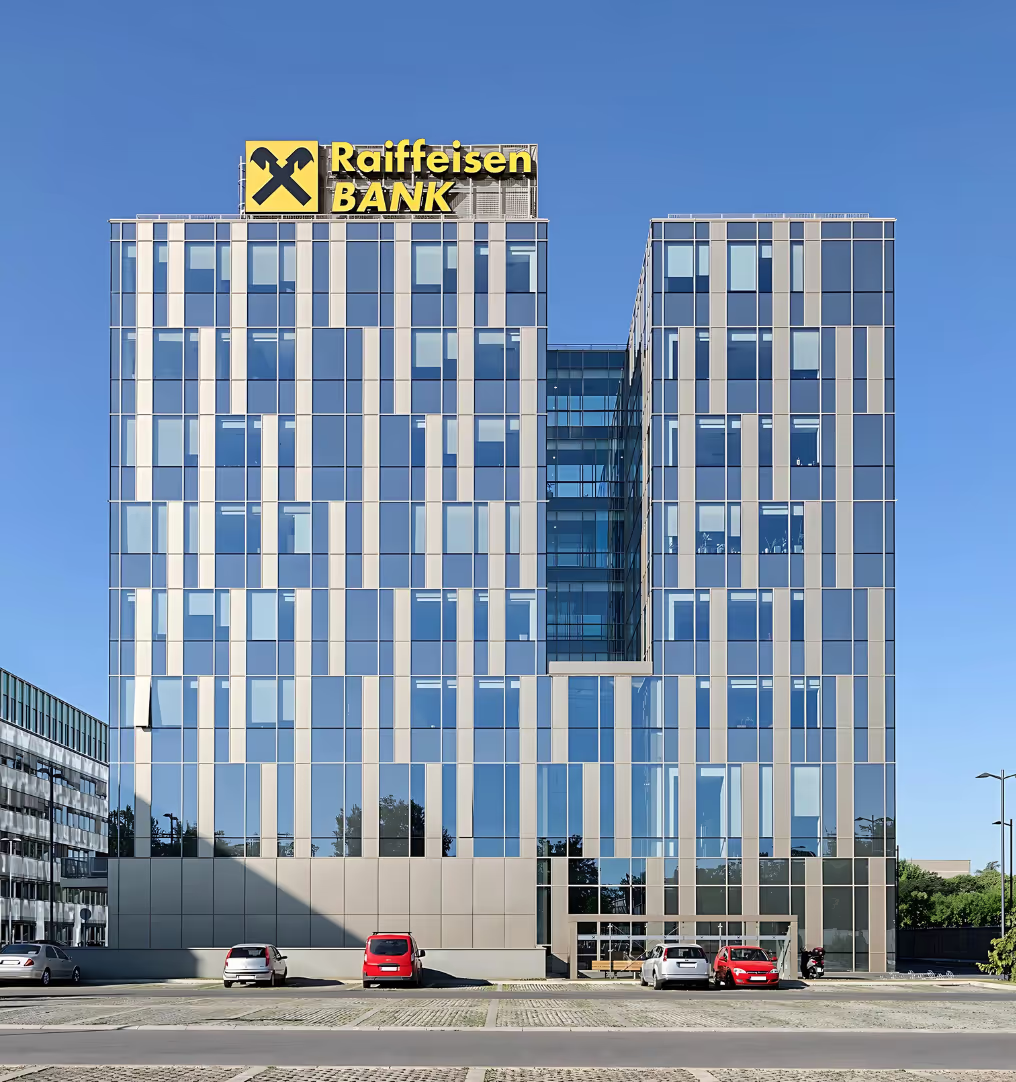Understanding Purchase Order Terms and Abbreviations

Ever felt lost in a sea of business acronyms, where every conversation sounds like a corporate code? You’re not alone. Procurement is full of abbreviations that get tossed around in meetings, emails, and contracts, sometimes without explanation.
Terms like PO (Purchase Order) and PR (Purchase Requisition) are just the beginning. Understanding these abbreviations is essential for navigating vendor communications, managing budgets, and streamlining purchasing processes.
In this article, we’ll break down the most commonly used Purchase Order (PO) abbreviations, explain their significance, and help you avoid confusion in procurement and supply chain management.
Abbreviations: Purchase Order Terms Usage Guidelines
Navigating purchase order abbreviations is about maintaining clarity, consistency, and professionalism across all your business communications.
To help you stay on top of industry standards and avoid misinterpretations, here are some essential guidelines backed by trusted style manuals.
Core Procurement Terms
1. PO – Purchase Order
A Purchase Order (PO) is a legally binding document issued by a buyer to a supplier, specifying the products or services to be purchased, quantities, agreed prices, and delivery terms. The PO serves as a contract and an authorization for the vendor to deliver goods or services under the stated conditions.
Example: A retail company places a PO for 500 units of a product from its supplier, specifying a delivery deadline of 30 days.
2. PR – Purchase Requisition
A Purchase Requisition (PR) is an internal document used within an organization to request the purchase of goods or services. It is typically submitted for approval before a PO is issued. This helps businesses control spending and ensure that purchases align with budgets and policies.
Example: A marketing manager submits a PR to request approval to purchase new advertising materials. Once approved, a PO is generated.
3. BOM – Bill of Materials
A Bill of Materials (BOM) is a comprehensive list of raw materials, components, and sub-assemblies required to manufacture a finished product. It often includes item descriptions, quantities, and supplier details.
Example: An electronics manufacturer uses a BOM to list all components (such as microchips, resistors, and casing materials) needed to assemble a smartphone.
4. CAPEX – Capital Expenditure
Capital Expenditure (CAPEX) refers to funds spent on acquiring, upgrading, or maintaining long-term assets like buildings, equipment, or technology infrastructure. CAPEX investments are typically large and meant for long-term benefits.
Example: A logistics company purchases a fleet of new delivery trucks as part of its CAPEX investments.
5. OPEX – Operational Expenditure
Operational Expenditure (OPEX) includes the ongoing costs required to run a business on a daily basis. These expenses are short-term and include rent, utilities, salaries, and office supplies. Unlike CAPEX, OPEX costs are fully deductible in the year they are incurred.
Example: Monthly software subscription fees and electricity bills fall under OPEX costs.
6. BAFO – Best and Final Offer
Best and Final Offer (BAFO) is the final bid submitted by a supplier after negotiations. It is typically used in procurement and contract bidding processes to finalize pricing and terms.
Example: After multiple rounds of negotiations, a supplier submits its BAFO, lowering its initial bid price and including additional services.
7. RFQ – Request for Quotation
A Request for Quotation (RFQ) is a document issued to suppliers requesting pricing and availability information for specific goods or services. RFQs are typically used when product specifications are clear and price is the primary consideration.
Example: A company issues an RFQ to three different vendors to get the best price for 1,000 office chairs.
8. RFP – Request for Proposal
A Request for Proposal (RFP) is a formal request sent to suppliers asking them to submit a proposal outlining how they will meet the organization’s needs, including costs, timelines, and implementation details. Unlike an RFQ, an RFP focuses on qualitative aspects like expertise, approach, and service levels.
Example: A company seeking a new ERP system issues an RFP to IT vendors, evaluating their implementation plans, technical support, and pricing models.
Also Read: Difference Between RFQ and RFP: What to Use and When?
9. RFx – Request for [Anything]
The term RFx is a general abbreviation used to refer to various request documents in procurement, including RFQ (Request for Quotation), RFP (Request for Proposal), and RFI (Request for Information). It represents a flexible approach to sourcing goods and services.
Example: A procurement team issues an RFx, combining elements of an RFQ (pricing details) and an RFI (vendor capabilities) to streamline supplier selection.
Financial and Payment-Related Abbreviations
1. ERP – Enterprise Resource Planning
Enterprise Resource Planning (ERP) refers to business management software that integrates core functions such as finance, supply chain, procurement, HR, and operations into a single system. ERP systems help streamline processes, improve data accuracy, and enhance decision-making through real-time reporting.
Example: A manufacturing company implements SAP ERP to manage inventory, track orders, and process financial transactions in one unified system.
2. AP – Accounts Payable
Accounts Payable (AP) refers to the money a business owes to its suppliers for goods or services received but not yet paid for. The AP department is responsible for processing invoices, verifying transactions, and ensuring timely payments to vendors to maintain good relationships and avoid late fees.
Example: A company receives an invoice for raw materials purchased on credit. The AP department processes the invoice and schedules the payment before the due date.
3. AR – Accounts Receivable
Accounts Receivable (AR) represents the money owed to a business by its customers for products or services delivered but not yet paid for. AR is recorded as an asset on the balance sheet and plays a crucial role in cash flow management.
Example: A software company issues an invoice to a client for a subscription service, with payment expected within NET 30 terms. Until payment is received, the amount is recorded under AR.
4. TCO – Total Cost of Ownership
Total Cost of Ownership (TCO) refers to the overall cost of acquiring, operating, and maintaining a product or service over its entire lifespan. TCO includes direct costs (purchase price) and indirect costs (maintenance, training, energy consumption, etc.). Businesses use TCO analysis to make cost-effective decisions.
Example: A company comparing two fleet management software solutions calculates the TCO, factoring in licensing fees, implementation costs, and long-term support expenses.
5. FOB – Free on Board
Free on Board (FOB) is an international shipping term that specifies the point at which ownership and responsibility for goods transfer from the seller to the buyer. There are two common types:
- FOB Shipping Point (FOB Origin): The buyer assumes responsibility for the goods once they leave the seller’s premises.
- FOB Destination: The seller is responsible for the goods until they are delivered to the buyer’s location.
Example: A company orders machinery from an overseas supplier under FOB Shipping Point terms, meaning the buyer must cover insurance and transportation costs from the seller’s warehouse.
6. NET 30/60/90
These payment terms define the timeframe in which a buyer must settle an invoice after it has been issued:
- NET 30: Payment is due within 30 days.
- NET 60: Payment is due within 60 days.
- NET 90: Payment is due within 90 days.
Longer payment terms can improve cash flow for buyers but may require negotiation with suppliers.
Example: A retailer places a bulk order from a supplier under NET 60 terms, meaning payment is due 60 days after the invoice date.
7. EOM – End of Month
End of Month (EOM) is a payment term indicating that an invoice is due at the end of the month in which it was issued. Some variations include "15 EOM," meaning payment is due on the 15th of the following month.
Example: A consulting firm invoices a client on March 10 with EOM terms, meaning the payment is due by March 31.
Logistic and Supply Chain Terms
1. 3PL – Third-Party Logistics
Third-Party Logistics (3PL) refers to outsourced logistics services that handle warehousing, transportation, distribution, and fulfillment on behalf of a company. Businesses use 3PL providers to optimize supply chain operations, reduce costs, and focus on core activities.
Example: A growing e-commerce brand partners with FedEx Supply Chain, a 3PL provider, to store inventory, manage shipping, and fulfil customer orders efficiently.
2. VMI – Vendor Managed Inventory
Vendor Managed Inventory (VMI) is a supply chain strategy where the supplier monitors and manages inventory levels at the buyer’s location. Instead of the buyer placing orders, the vendor replenishes stock as needed based on real-time data. This reduces stockouts and excess inventory.
Example: A grocery store chain implements VMI with its dairy supplier, allowing the supplier to track inventory levels and automatically restock milk and cheese to prevent shortages.
3. MRP – Material Requirements Planning
Material Requirements Planning (MRP) is a system used in manufacturing to calculate the materials, components, and products needed to meet production schedules. It helps businesses plan procurement, reduce waste, and ensure on-time production.
Example: An automobile manufacturer uses MRP software to determine the exact number of tires, engines, and seats required to produce 5,000 cars in the next quarter.
4. JIT – Just-in-Time
Just-in-Time (JIT) is an inventory management strategy where materials and goods are ordered and received only when needed for production or sales. This reduces storage costs and minimizes waste but requires precise supply chain coordination to avoid delays.
Example: Toyota, a pioneer of JIT manufacturing, only orders car parts when a customer places an order, ensuring minimal stock is held in warehouses.
5. COO – Certificate of Origin
A Certificate of Origin (COO) is a legal document stating the country where goods were manufactured or produced. It is often required for customs clearance, trade agreements, and tariff regulations when exporting goods internationally.
Example: A U.S.-based company exporting electronics to the European Union provides a COO to qualify for preferential tariff rates under a free trade agreement.
6. ETA – Estimated Time of Arrival
Estimated Time of Arrival (ETA) is the expected delivery time of goods in transit. It helps businesses and customers plan logistics, inventory management, and order fulfillment.
Example: An online retailer provides customers with an ETA of 3-5 business days for standard shipping.
7. LTL – Less Than Truckload
Less Than Truckload (LTL) is a shipping method for smaller freight shipments that do not require a full truckload. LTL carriers consolidate multiple shipments into one truck, allowing businesses to save costs by sharing transportation space.
Example: A small furniture business ships 10 chairs via LTL shipping, sharing truck space with other companies instead of booking an entire truck for the order.
Now, let’s explore the different types of Purchase Orders (POs) businesses use to streamline procurement and ensure smooth transactions.
Exploring the Different Types of Purchase Orders
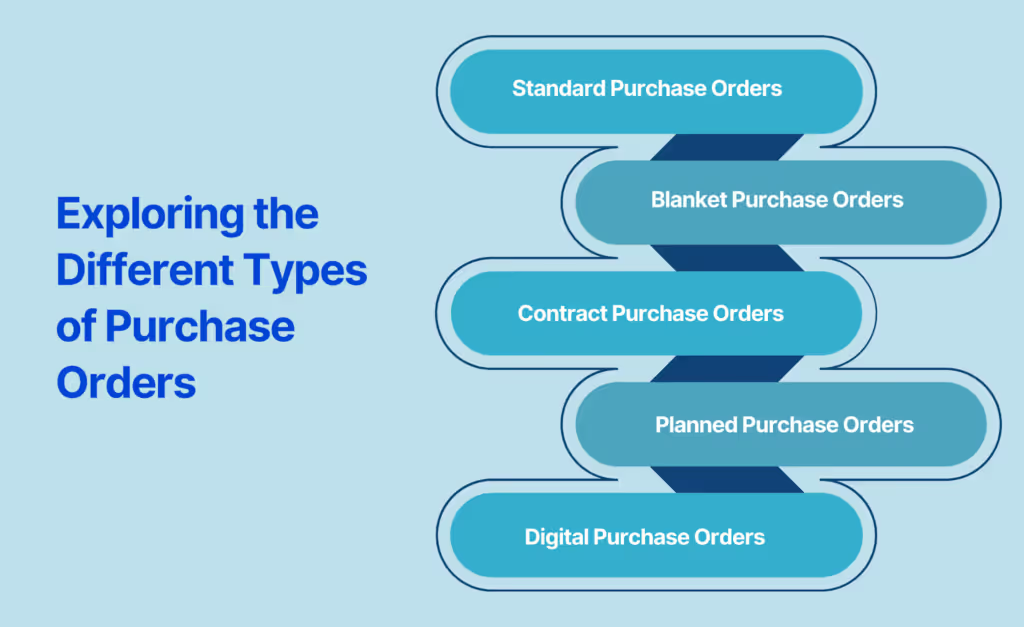
Choosing the right type of Purchase Order (PO) is crucial for managing supplier relationships, optimizing costs, and improving operational efficiency. Different PO types serve specific purposes, helping businesses streamline procurement and avoid miscommunication.
Here are the most common purchase order types and explore when to use each one.
1. Standard Purchase Orders (SPOs): The One-Time Deal
A Standard Purchase Order is the most commonly used type in business transactions. It’s a one-time agreement that clearly outlines the details of a specific purchase order. It is a formal request for goods or services, including details like item type, quantity, price, and delivery date. Businesses using Standard POs reduce supplier disputes by 30% due to clear documentation.
When to Use: Ideal for non-recurring purchases where all details are known upfront.
Example: “Ordering 50 branded t-shirts for an upcoming company event.”
2. Blanket Purchase Orders (BPOs): Flexibility Over Time
When you know you’ll be buying from the same supplier repeatedly but aren’t sure about exact quantities or delivery dates, Blanket Purchase Orders are your go-to. These are an open-ended agreement that allows multiple purchases over a set period under predefined terms.
When to Use: Perfect for recurring needs where frequent orders are made, like office supplies or maintenance services.
Example: “Monthly supply of printer ink and paper for the next fiscal year.”
3. Contract Purchase Orders (CPOs): The Long-Term Commitment
If your organization values consistency and strong supplier partnerships, Contract Purchase Orders offer a strategic approach. It is a legally binding agreement between buyer and supplier outlining terms and conditions but leaving specifics like item quantities and delivery dates flexible.
When to Use: Best for long-term vendor relationships or when future purchases are expected but not yet defined.
Example: “Setting up a multi-year service contract with an IT provider.”
4. Planned Purchase Orders (PPOs): Preparing for the Future
A Planned Purchase Order strikes a balance between structure and flexibility, giving businesses a proactive approach to procurement. It is a pre-approved PO with estimated quantities and delivery dates but without fixed schedules, allowing future release orders.
When to Use: Ideal for businesses with predictable purchasing patterns that still require flexibility.
Example: “Planning seasonal stock replenishments for a retail store.”
5. Digital Purchase Orders (DPOs): Embracing Automation
In an era of digital transformation, Digital POs are becoming the standard for companies looking to speed up procurement and reduce errors. These are electronic purchase orders generated and managed through procurement software, ensuring consistency and real-time tracking.
When to Use: Ideal for businesses that want to streamline approvals, reduce paper-based processes, and improve record-keeping.
Example: “Using an ERP system to auto-generate POs for low-inventory alerts.”
Understanding the types of purchase orders is just the beginning. POs aren’t only about placing orders; they’re essential tools for managing budgets, ensuring compliance, and strengthening supplier relationships.
Next, let’s explore how purchase orders contribute to financial planning, cost control, and overall procurement efficiency.
Also Read: Decentralized vs Centralized Purchasing: Understanding Key Differences and Benefits
The Process and Financial Role of Purchase Order
Purchase Orders (POs) are the backbone of a well-structured procurement process and a key player in your company’s financial health. They bring clarity, accountability, and cost management to every transaction.
1. Creating a Purchase Order: From Need to Approval
A PO starts with identifying a need, whether inventory, equipment, or services. The process includes:
- Supplier Selection: Vetting vendors, comparing quotes, and ensuring quality and reliability.
- PO Creation: Clearly outlining item descriptions, quantities, prices, delivery dates, and payment terms.
- Approval & Issuance: Ensuring compliance with budget and policies before sending the PO to the supplier, making it a binding agreement.
2. The Financial Power of Purchase Orders: Controlling Costs & Optimizing Planning
POs help businesses maintain financial discipline through the following:
- Budget Tracking: Preventing unauthorized spending and ensuring budget alignment.
- Financial Planning: Using PO data to forecast trends, optimize procurement, and negotiate better terms.
- Legal Protection: Serving as a reference in case of disputes.
- Cash Flow Management: Structuring payments to prevent shortages and maintain vendor relationships.
While understanding the process and financial impact of POs is crucial, managing them efficiently is where the real value lies. Now, let’s explore some of the best practices for using Purchase Order Abbreviations.
Best Practices for Using Purchase Order Abbreviations

1. Spell It Out First: When communicating with new suppliers or external teams, write out the full term before using the abbreviation (e.g., "Purchase Requisition (PR)").
2. Be Consistent: Stick to a uniform style guide across teams to avoid misinterpretations.
3. Avoid Overuse: Not everyone is familiar with procurement jargon, so use abbreviations only when necessary.
4. Confirm Understanding: When working with international teams, clarify abbreviations that may differ regionally.
5. Standardize in Systems: Ensure procurement and finance software use consistent abbreviations to prevent data entry errors.
Conclusion
Mastering PO terms and abbreviations streamlines processes, improves communication and supports smarter financial decisions. Consistency is key; clear documentation and standardized practices prevent costly errors and keep operations smooth.
Use POs for budgeting, cost control, and forecasting, and leverage automation tools like Akirolabs to enhance efficiency, reduce errors, and gain real-time procurement insights. By implementing these best practices, POs become more than paperwork—they drive efficiency and business growth.
Book a demo today to explore how akirolabs can help you streamline procurement today!
What makes a successful pilot with akirolabs?
We define success collaboratively with your team. Typical outcomes include strategy creation for priority categories, measurable process improvements, and internal alignment. We provide full support and a clear roadmap for evaluation.
Can I try the platform hands-on after the demo?
Yes, we offer guided pilots and sandbox environments depending on your stage in the buying process. These give you and your team the opportunity to explore features in your own context.
Can I see how akirolabs would work with our specific categories?
Yes, we can tailor the demo to showcase how akirolabs works with your specific categories and procurement structure. Let us know your priority areas in advance, and we'll customize the demonstration accordingly.
Who should attend the demo from my organization?
We recommend including key stakeholders from your procurement leadership team, category management function, and procurement excellence or transformation groups. Including business stakeholders can also be valuable to demonstrate how the platform facilitates cross-functional collaboration.
How long does a typical demo take?
A standard demo takes approximately 45-60 minutes, allowing time for a comprehensive overview of the platform and discussion of your specific requirements. We can adjust the timing based on your availability and areas of interest.
What will I see during an akirolabs demo?
During the demo, you'll see the complete akirolabs Category Strategy Workbench in action, including the collaborative workflow, AI-powered insights from akiroAssist, strategic scenario modeling capabilities, and the Strategy One-Pager feature. We'll customize the demonstration to focus on aspects most relevant to your organization's needs.
Ready to Transform Your Procurement Strategy?
There’s a better way to do procurement. This is IT.
.avif)








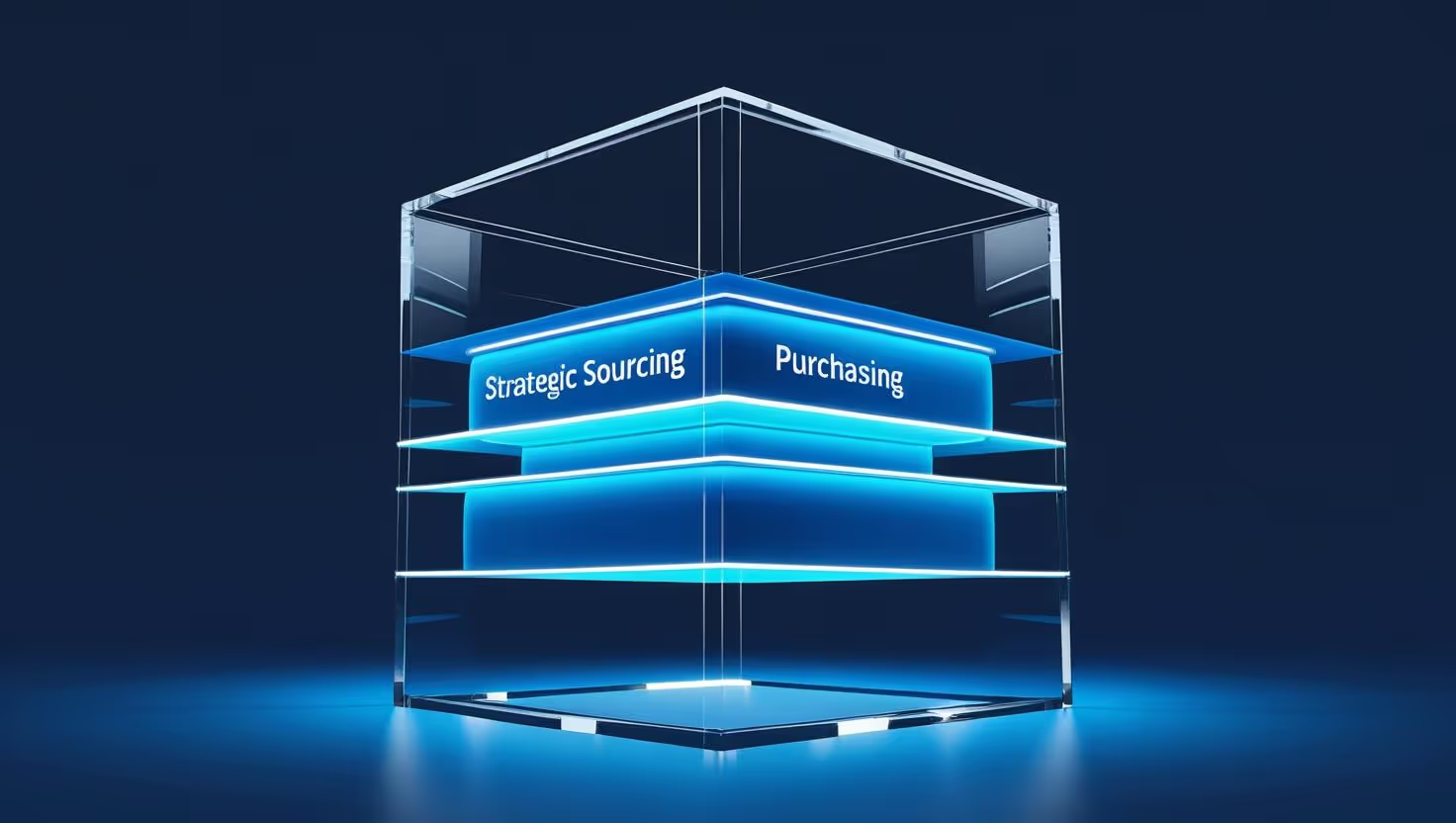










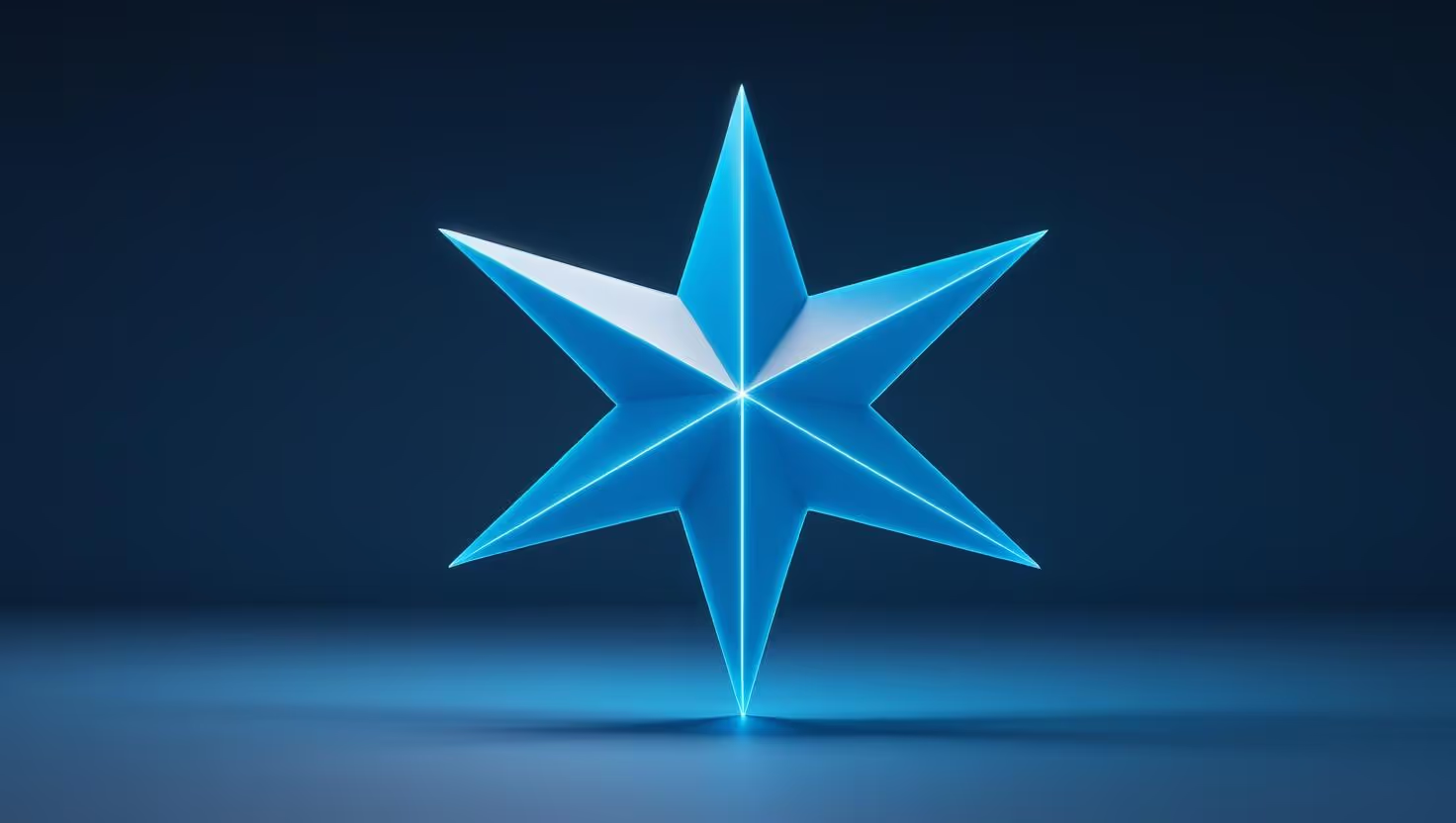
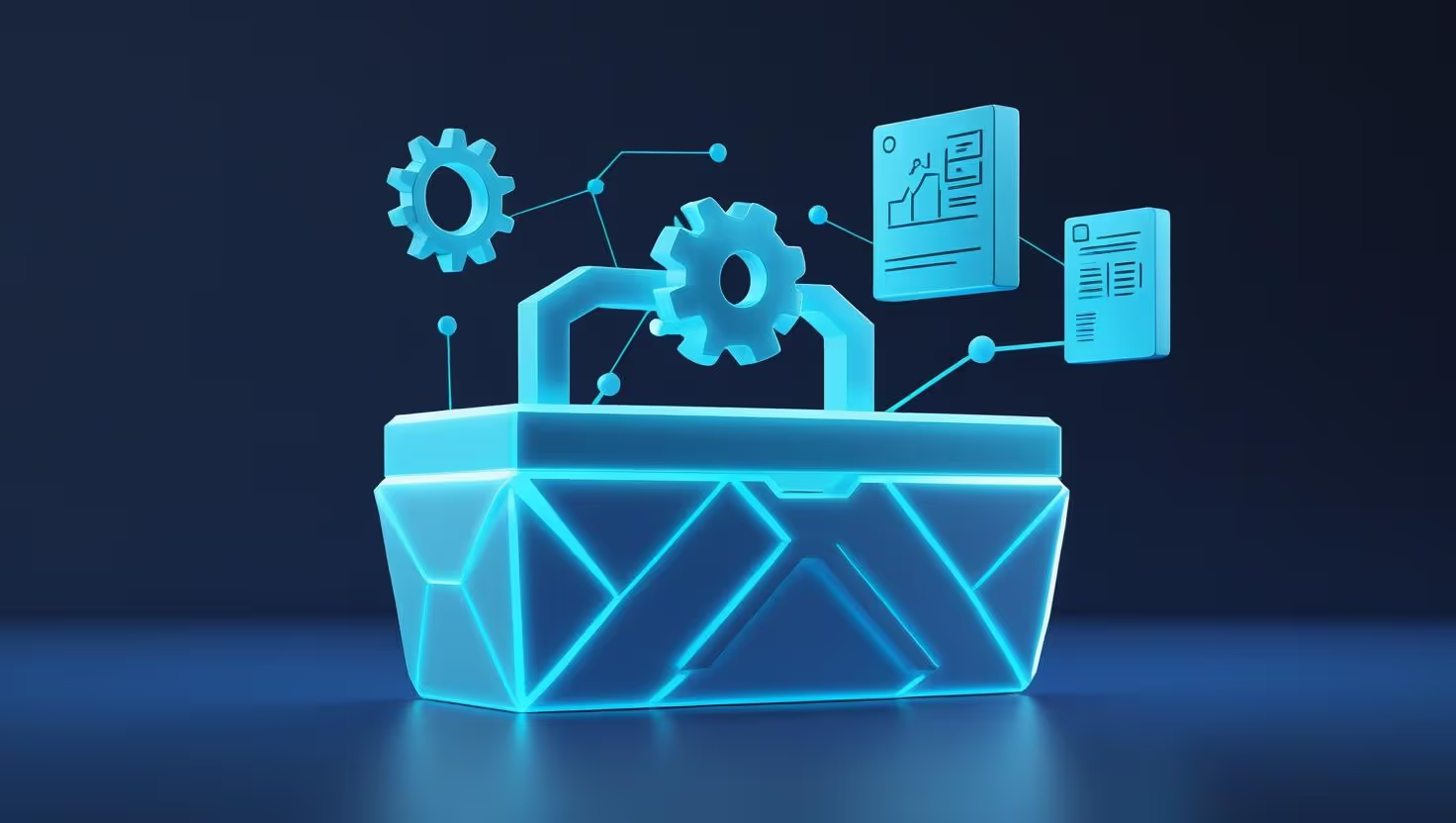





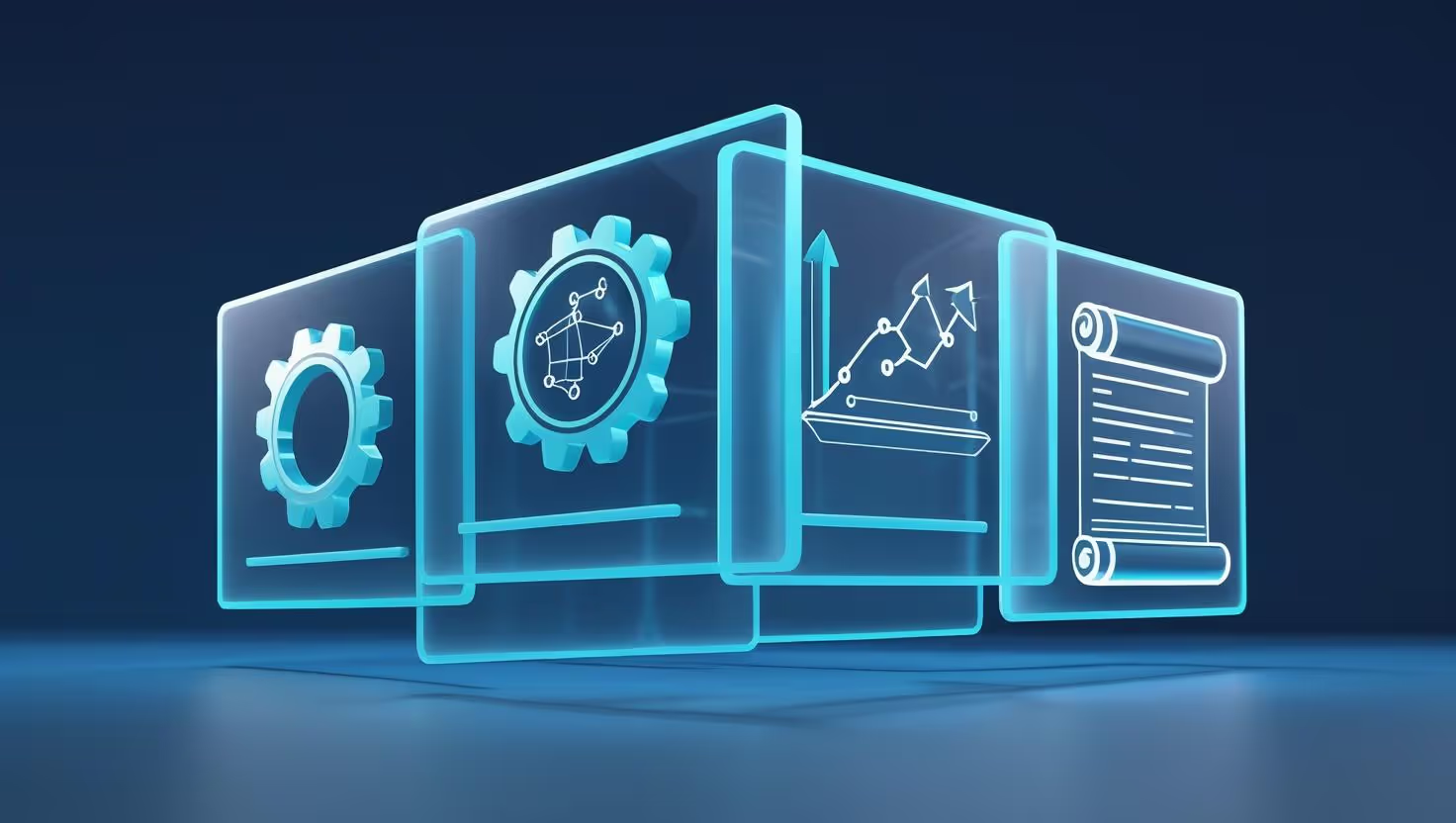



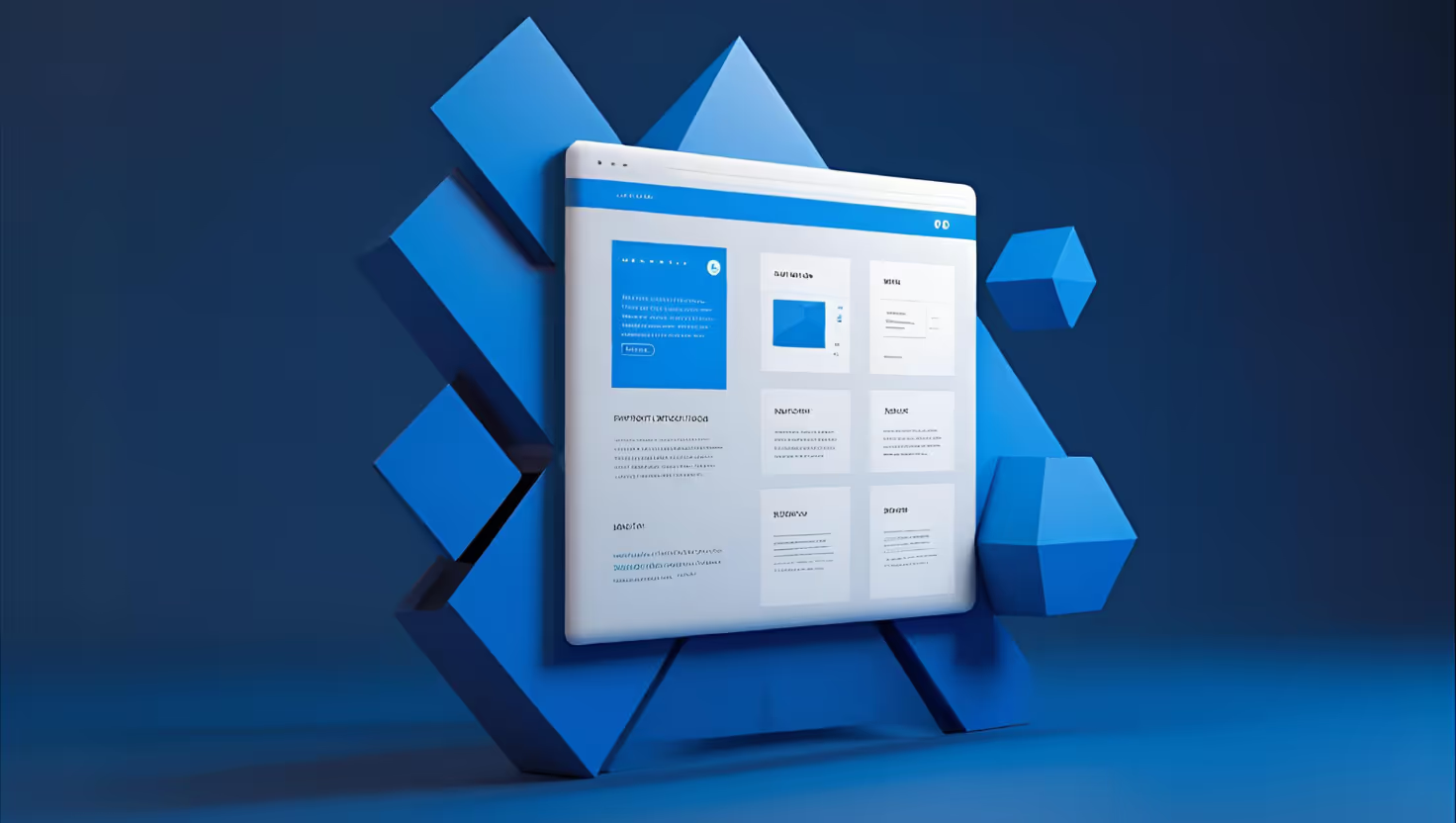








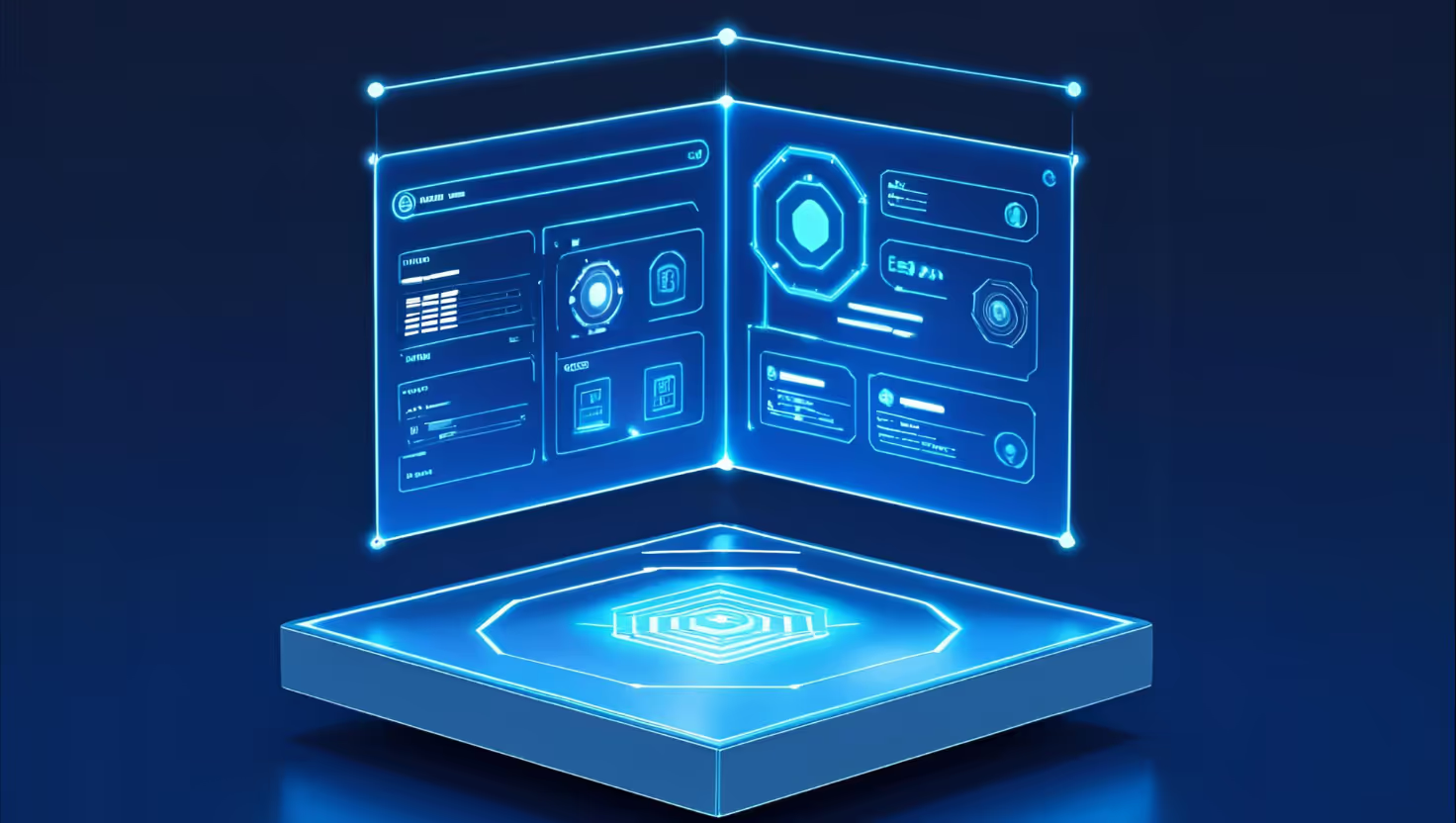

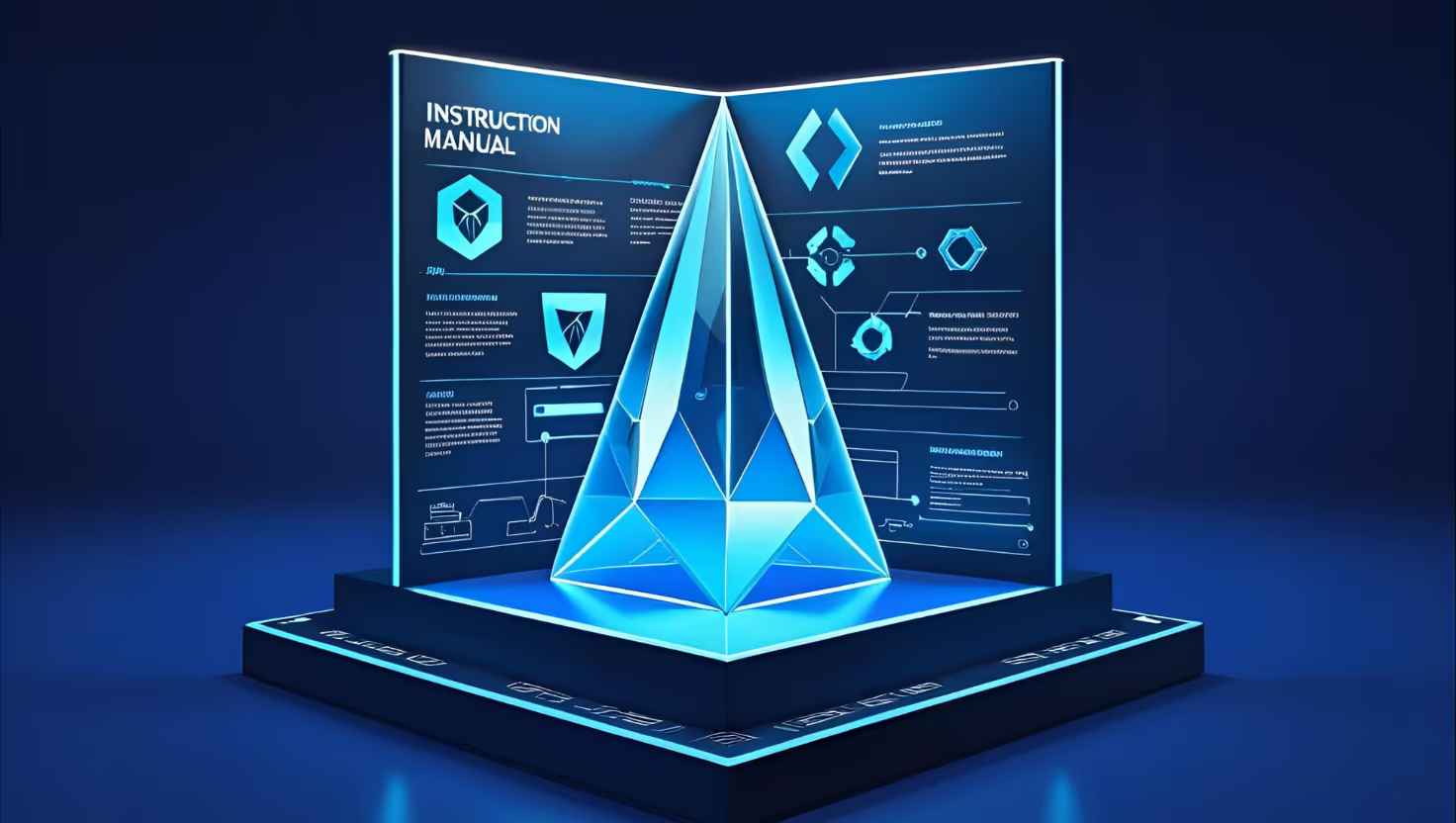

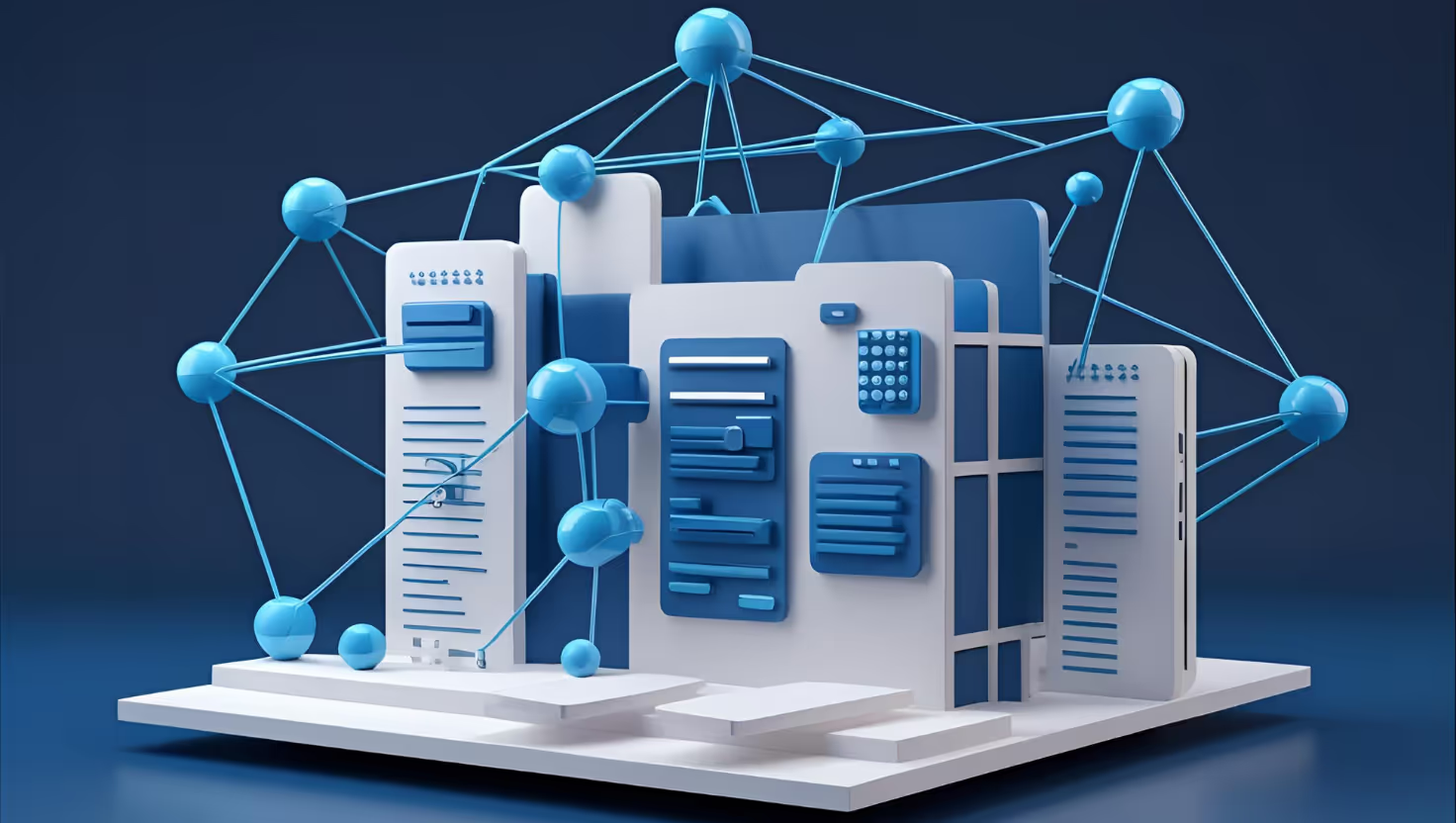


















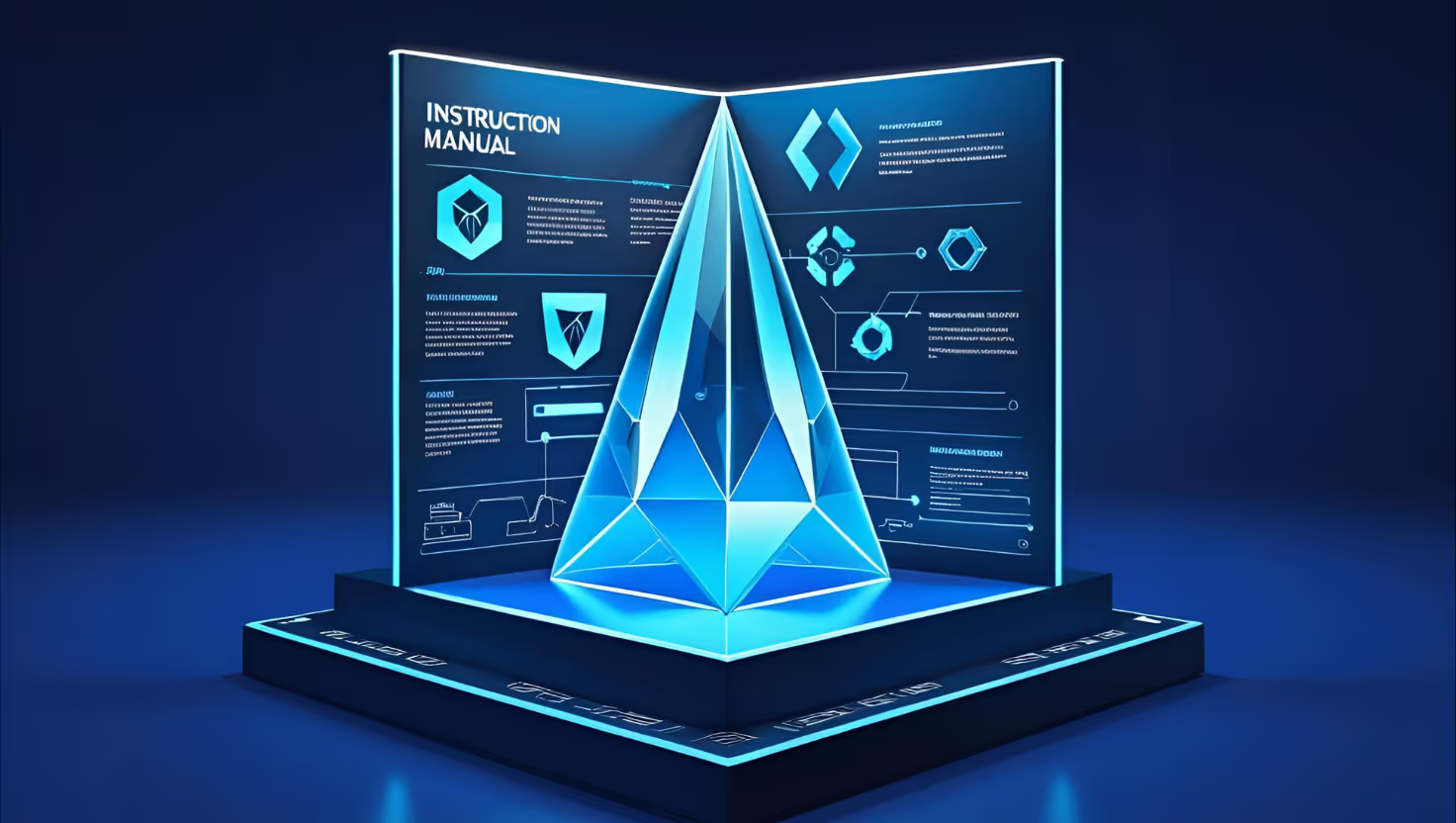

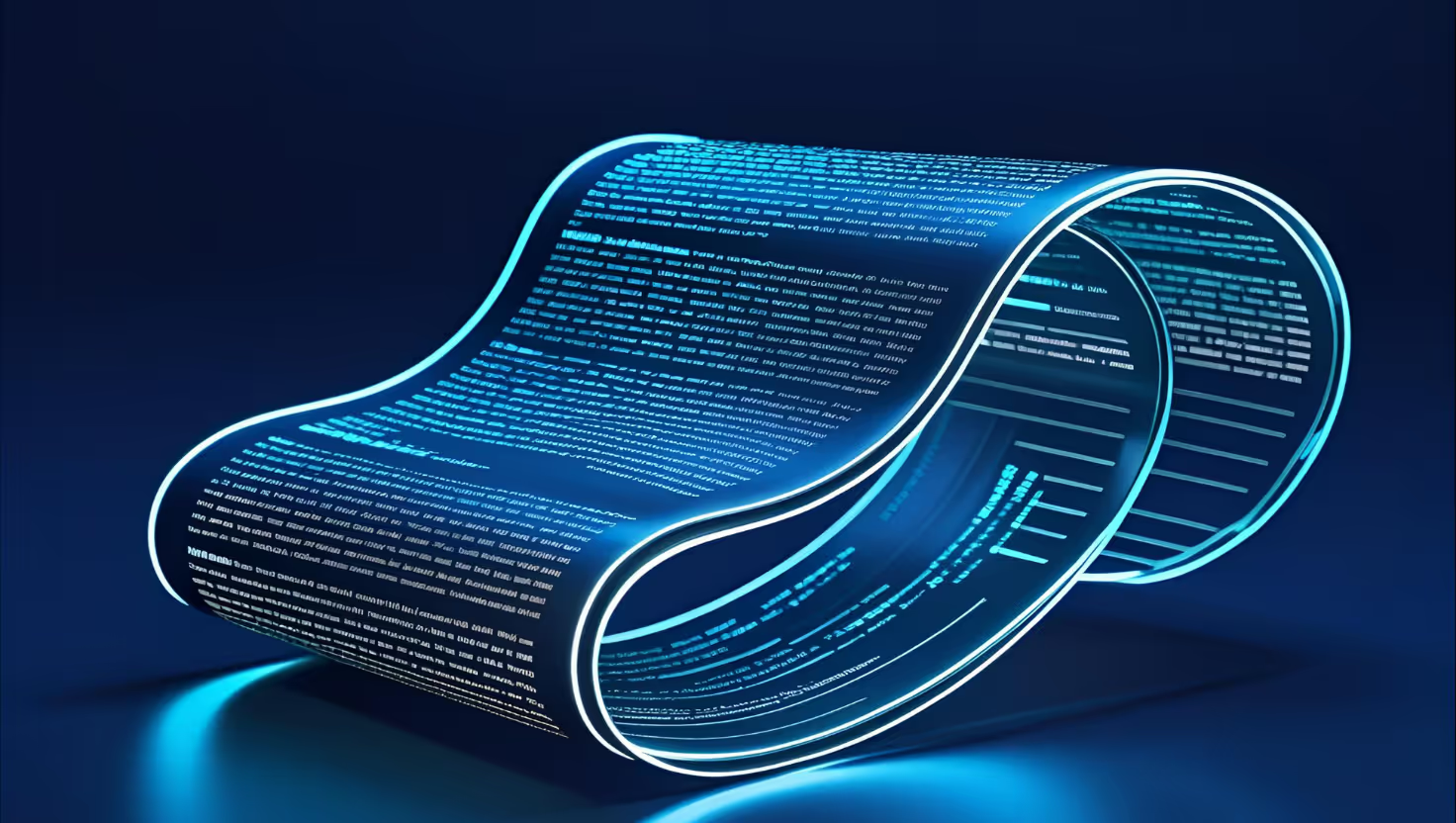








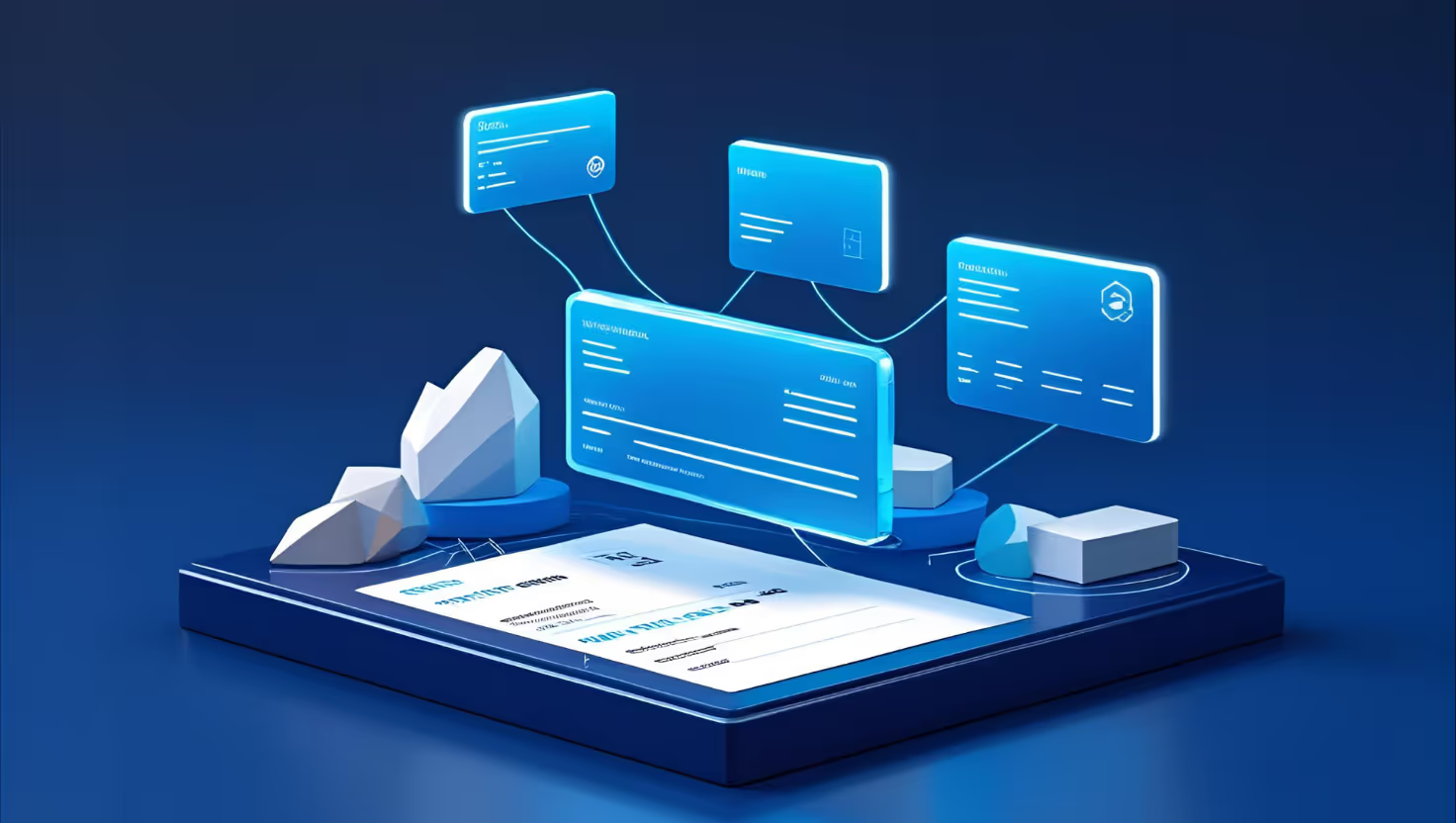







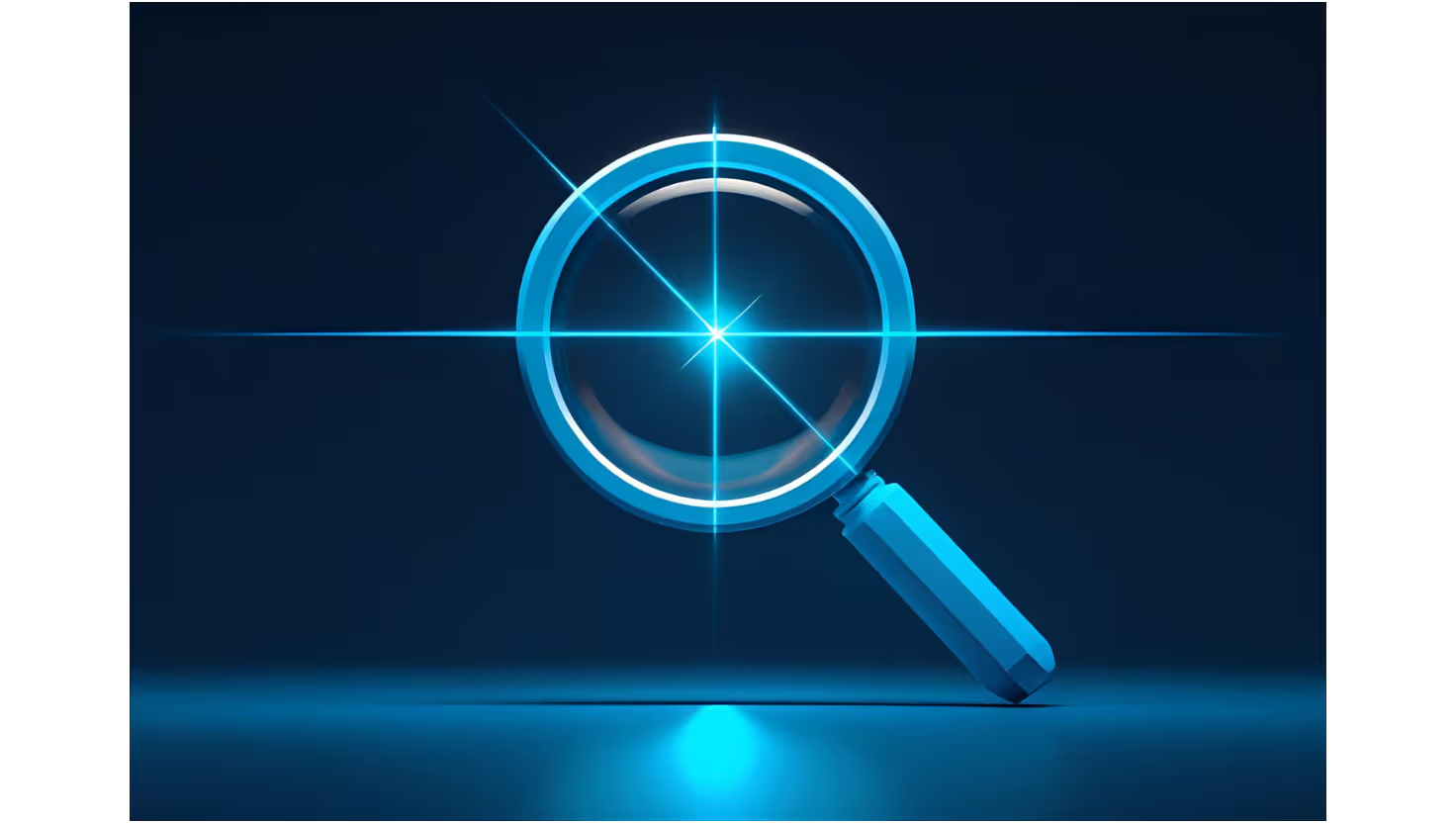
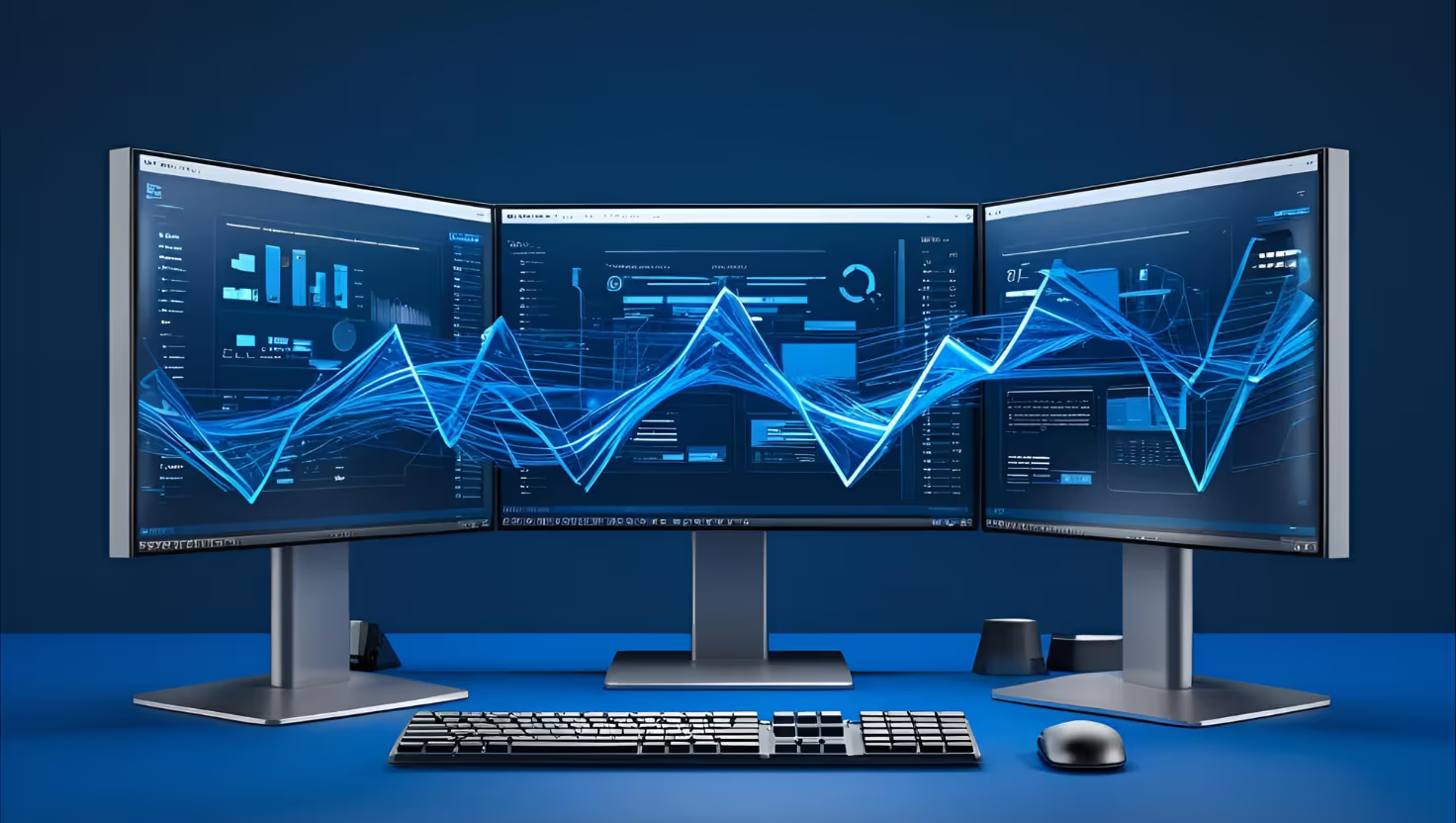



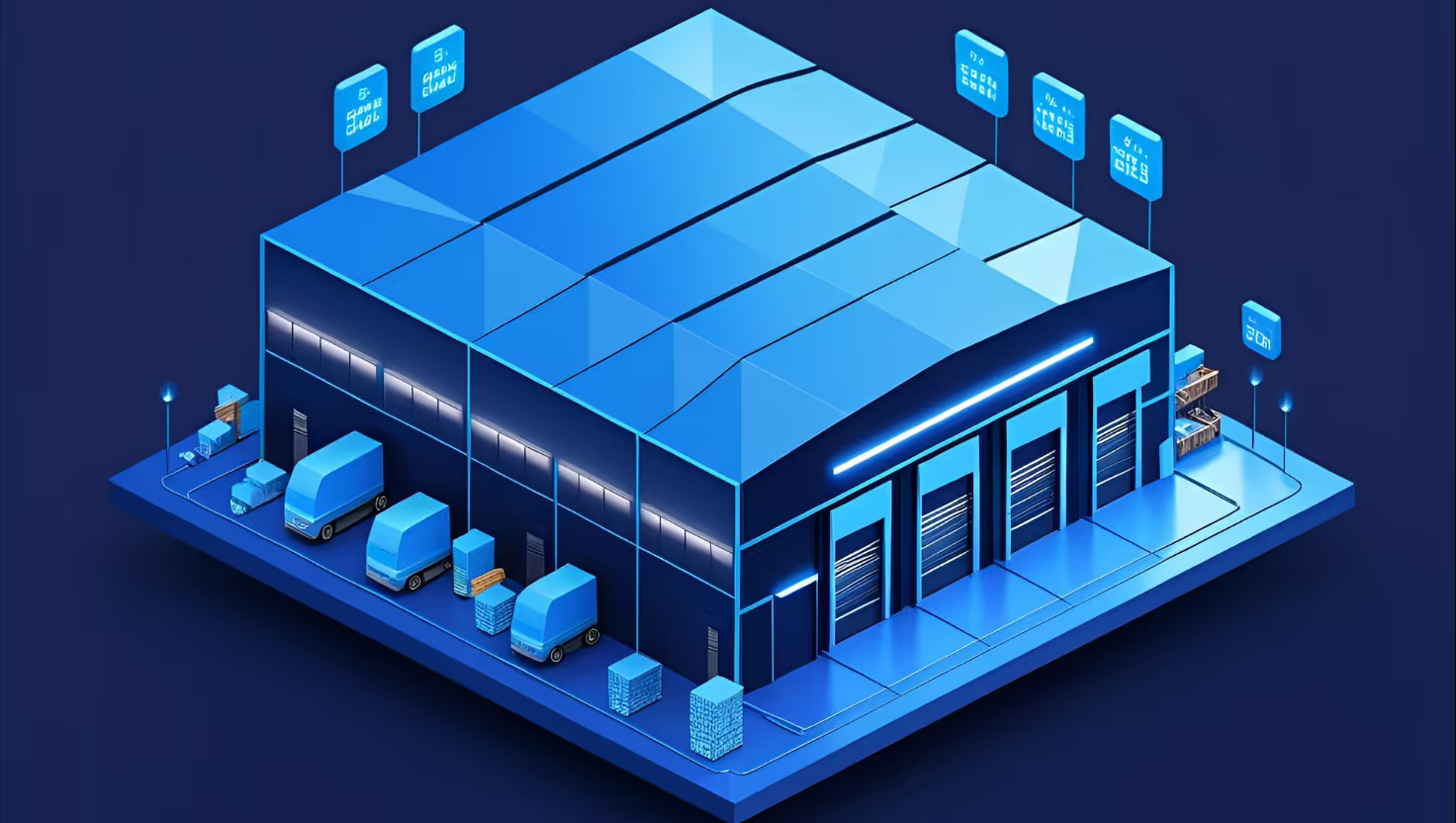

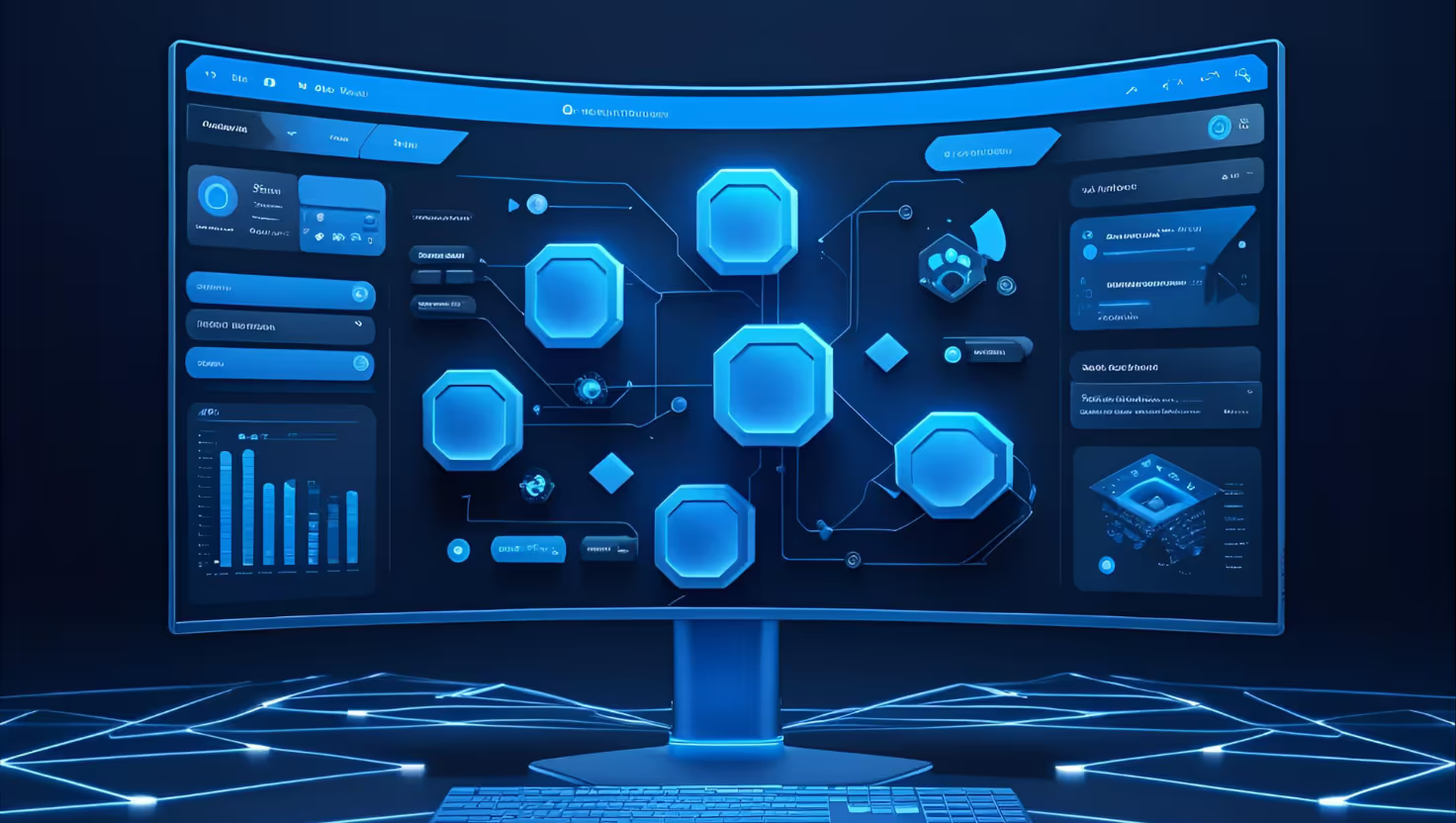









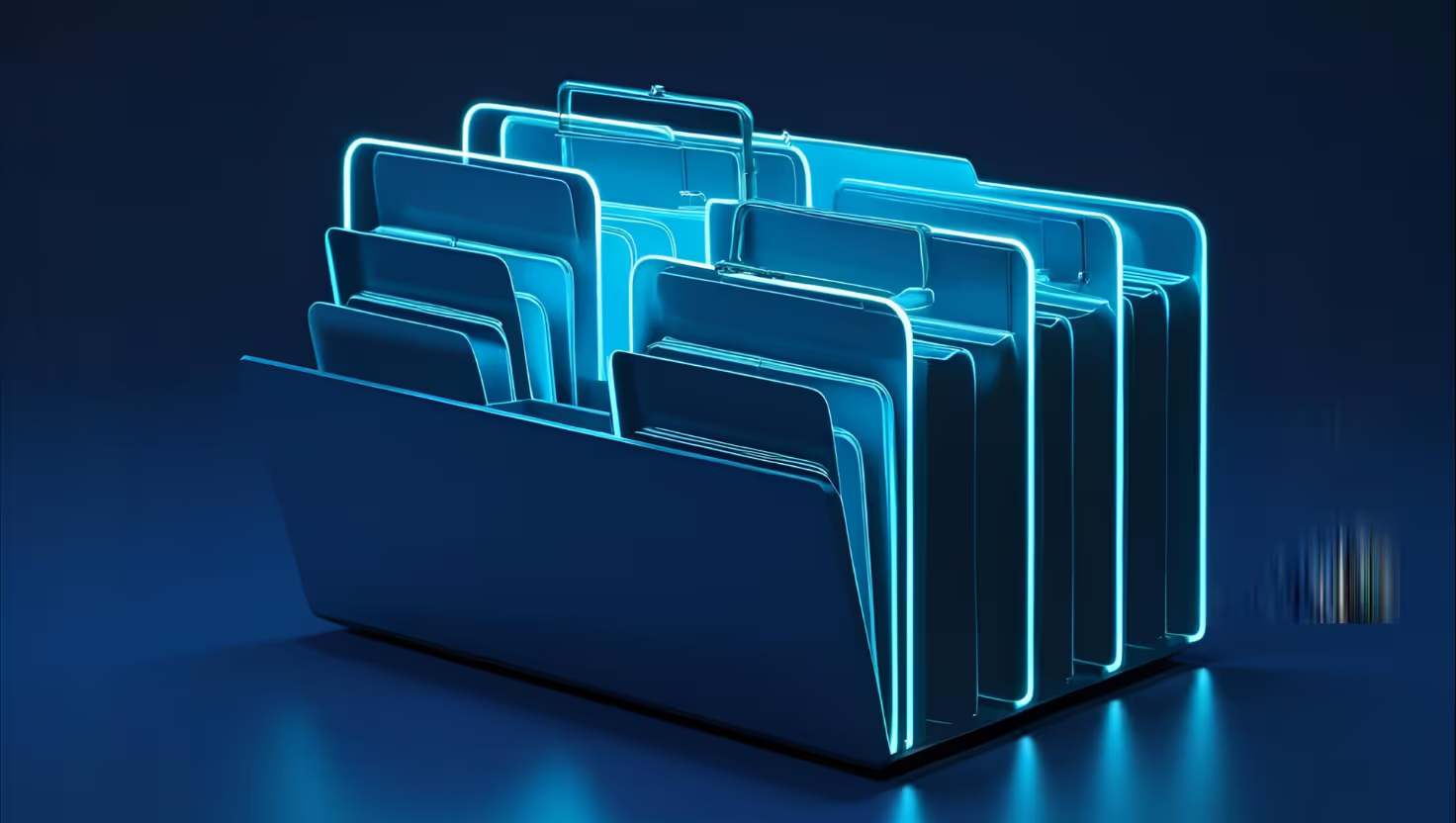


.avif)





